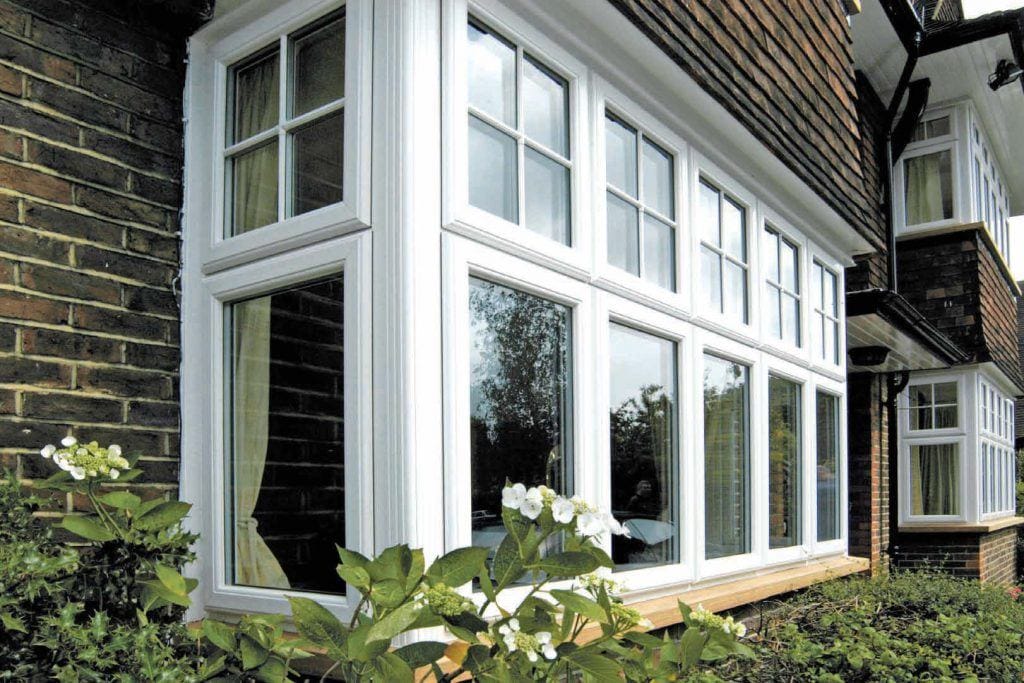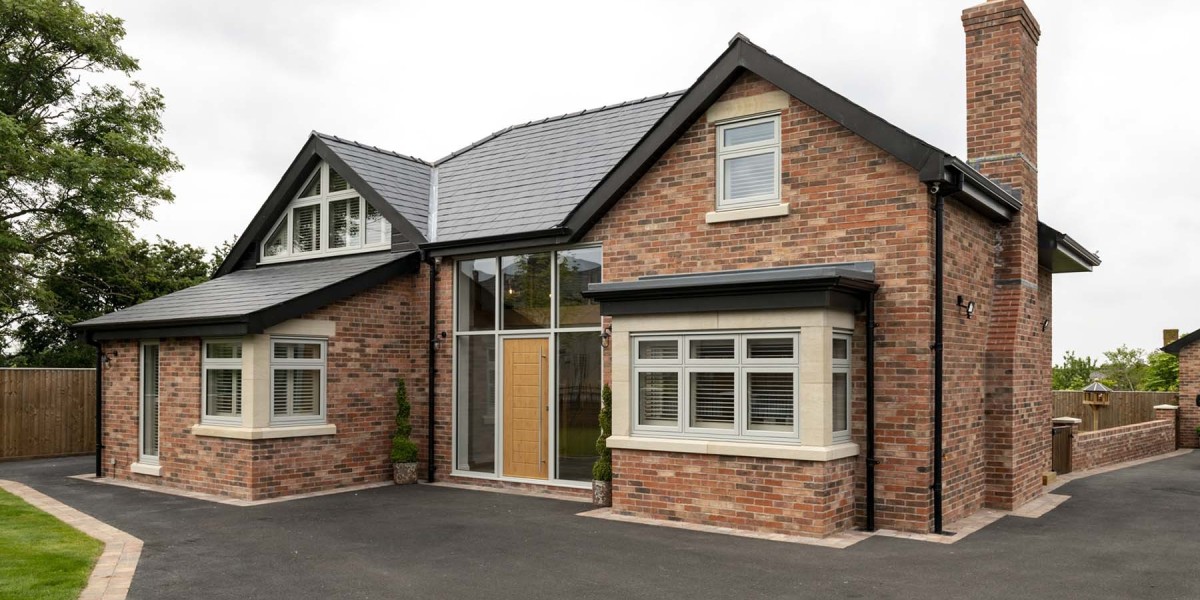Triple glazing, a window technology that has gained popularity in recent years, involves the use of three panes of glass instead of the traditional single or double panes. This design is engineered to enhance energy efficiency, sound insulation, and overall comfort within residential and commercial buildings. In this report, we will explore the benefits, features, and considerations associated with triple glazing, providing a comprehensive overview for homeowners, builders, and architects.
1. What is Triple Glazing?
Triple glazing consists of three layers of glass separated by two insulating spaces filled with gas, typically argon or krypton, which helps to reduce heat transfer. The panes are sealed together to create an airtight unit, significantly minimizing the chances of condensation and heat loss. The construction of triple-glazed windows can be customized to suit various design requirements and performance standards.
2. Benefits of Triple Glazing
2.1 Enhanced Energy Efficiency
One of the primary advantages of triple glazing is its superior energy efficiency. The additional pane of glass and the insulating gas layers significantly reduce thermal transmittance (U-value), which measures how much heat escapes through the window. Triple-glazed windows can achieve U-values as low as 0.5 W/m²K, which is considerably lower than that of double-glazed windows. This efficiency translates into lower heating costs and a reduced carbon footprint for homeowners.
2.2 Improved Sound Insulation
Triple glazing also offers excellent sound insulation properties. The combination of the three glass panes and the air or gas-filled spaces acts as a barrier to external noise, making it an ideal choice for homes in noisy urban environments or near busy roads. Studies have shown that triple-glazed windows can reduce noise pollution by up to 30% compared to single or double glazing.
2.3 Increased Comfort
With better insulation and reduced noise levels, triple glazing enhances the overall comfort of indoor spaces. Homeowners can enjoy a more stable indoor climate, with fewer drafts and cold spots. This comfort is especially beneficial in regions with extreme weather conditions, where maintaining a consistent indoor temperature is crucial.
2.4 Condensation Control
Triple-glazed Windows By Ideal Glass are less prone to condensation compared to their double-glazed counterparts. The inner pane remains warmer, which helps to prevent moisture build-up that can lead to mold and mildew growth. This feature is particularly important in areas with high humidity levels or in homes that experience significant temperature fluctuations.
3. Features of Triple Glazing
3.1 Glass Options
Triple glazing can be customized with various glass options, including low-emissivity (Low-E) coatings that reflect heat back into the room while allowing natural light to enter. These coatings can further enhance the energy efficiency of the windows. Additionally, homeowners can choose between different glass thicknesses and types, such as tempered or laminated glass, to meet specific safety and aesthetic requirements.
3.2 Frame Materials
The performance of triple-glazed windows is also influenced by the frame materials used. Common materials include uPVC, aluminum, and wood. Each material has its own advantages and disadvantages in terms of thermal performance, maintenance, and aesthetics. For instance, uPVC frames are known for their excellent insulation properties and low maintenance, while wooden frames offer a traditional look and can be more environmentally friendly.
3.3 Spacer Bars
The spacer bars used to separate the glass panes play a crucial role in the overall performance of triple glazing. Warm-edge spacer bars, made from materials with low thermal conductivity, can further improve energy efficiency by reducing heat loss at the edges of the window. This design feature helps to maintain the overall insulating properties of the window.
4. Considerations When Choosing Triple Glazing
4.1 Cost
One of the main considerations when opting for triple glazing is the initial cost. Triple-glazed windows tend to be more expensive than double-glazed options due to the additional materials and manufacturing processes involved. However, the long-term energy savings and potential increase in property value can offset these initial costs over time.
4.2 Weight and Installation
Triple-glazed windows are heavier than double-glazed windows, which can impact installation. Homeowners should ensure that their existing window frames can support the additional weight, and professional installation is often recommended to ensure proper sealing and performance.

4.3 Aesthetic Considerations
While triple glazing offers numerous benefits, it is essential to consider the aesthetic impact on the building. The thickness of triple-glazed windows may alter the appearance of the facade, and homeowners should evaluate how these changes will fit with the overall design of their property.
4.4 Building Regulations
Before installing triple glazing, it is crucial to check local building regulations and standards. In some regions, specific energy efficiency ratings are required, and triple glazing can help meet these requirements. However, it is essential to work with professionals familiar with local regulations to ensure compliance.
5. Conclusion
Triple glazing represents a significant advancement in window technology, offering numerous benefits in terms of energy efficiency, sound insulation, and indoor comfort. While the initial investment may be higher than traditional glazing options, the long-term savings and enhanced living conditions make triple glazing a compelling choice for many homeowners. As energy efficiency becomes increasingly important in building design, triple glazing is likely to play a pivotal role in future construction and renovation projects. By understanding the features, benefits, and considerations associated with triple glazing, homeowners can make informed decisions that enhance their properties and contribute to a more sustainable future.








